The stories behind the world’s great train stations
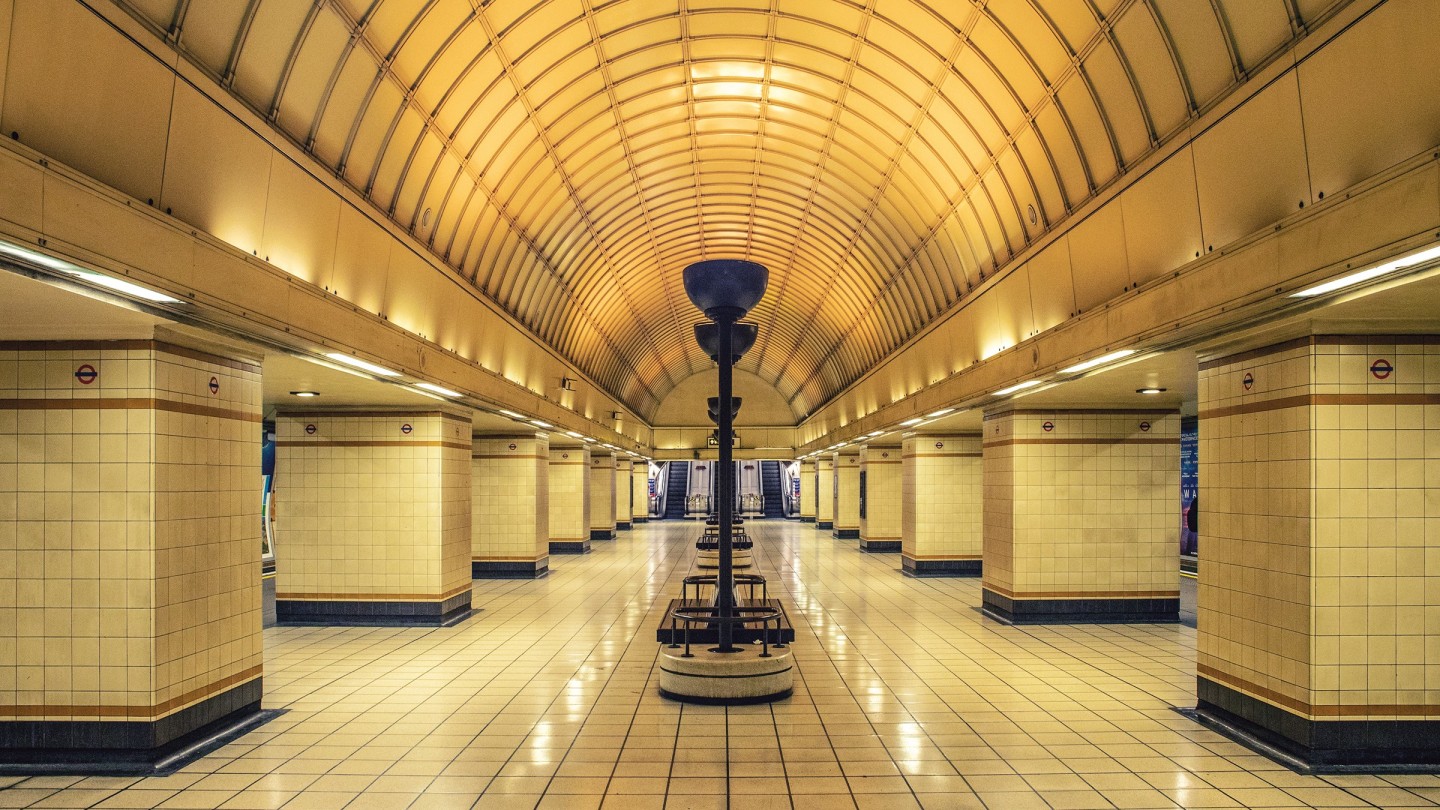
Roula Khalaf, Editor of the FT, selects her favourite stories in this weekly newsletter.
Exactly 160 years after the world’s first Underground stations opened to connect London’s Paddington with Farringdon, the thrill of a new station is still as great as ever. Londoners queued outside the Elizabeth Line stations when they opened last spring, with cheers as the first passengers crossed the barriers. And in Paris, an extended Metro (which will eventually see four original lines, 200km of added railway and 68 new stations) has attracted Kengo Kuma to design a glass and steel hub at Saint-Denis Pleyel.
Now a clutch of timely books celebrates some of the greatest achievements of station design. London Tube Stations: 1924-1961 chronicles the modernist London Underground stations built by architect Charles Holden, which are considered among the best of their kind by its author, historian Joshua Abbott. The Memory of Stations tells the stories of eight Italian stations through new and archive photography and personal essays. Andrew Martin’s forthcoming book Metropolitan is an ode to the Paris Metro.
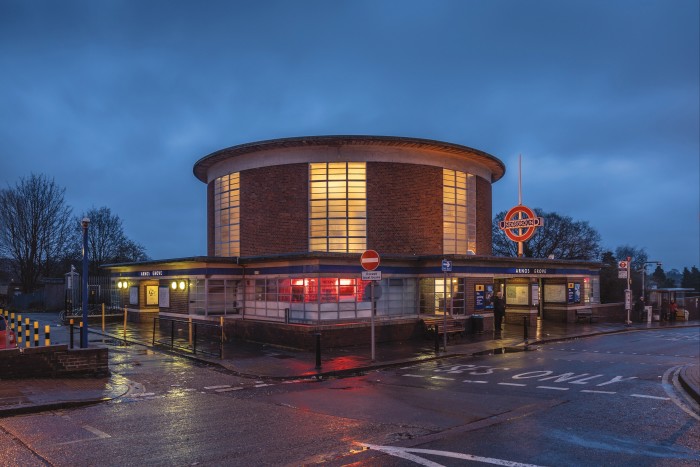
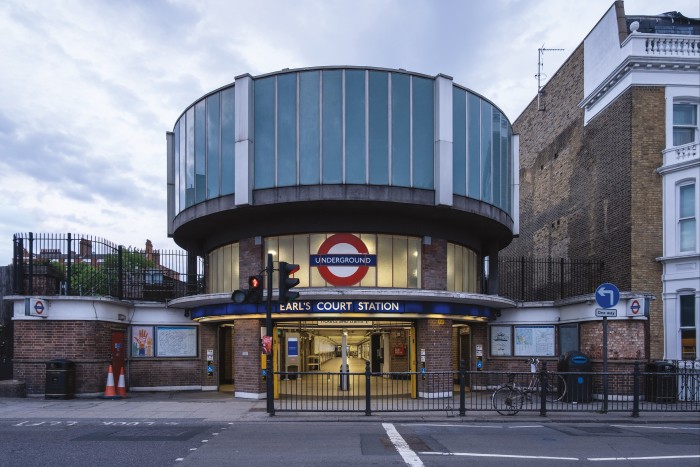
For Abbott, good station design achieves the “marriage of form and function, civic service and commerce”, but the best bring a touch of glamour. Hounslow West, redesigned in 1931 in a drive to advertise the suburbs, features a heptagonal ticket hall lined with cream and pink tiles by the same designer who did the interiors for the Savoy Theatre and Claridge’s Restaurant. Holden’s 1928 redesign of Piccadilly Circus, which brought the ticket hall underground and introduced low, warm lighting and luxe materials such as marble, helped rebrand the Tube as a sophisticated means of travel – appropriate for going to the theatre or the opera. “There’s something glitzy and American about it,” says Martin. “Like a shopping street at night.”
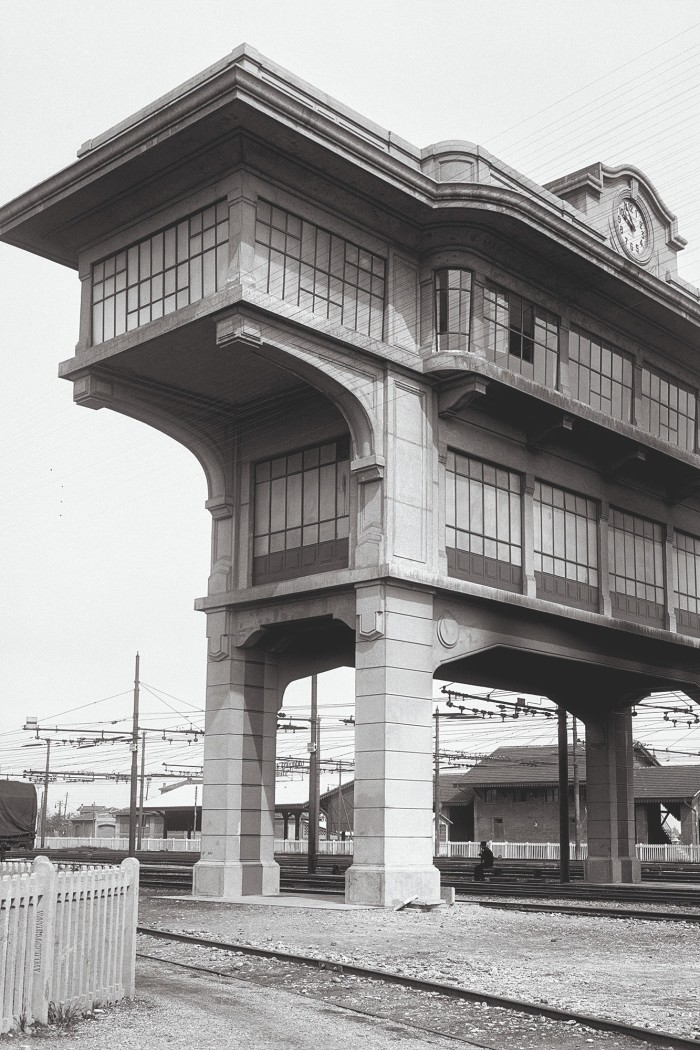
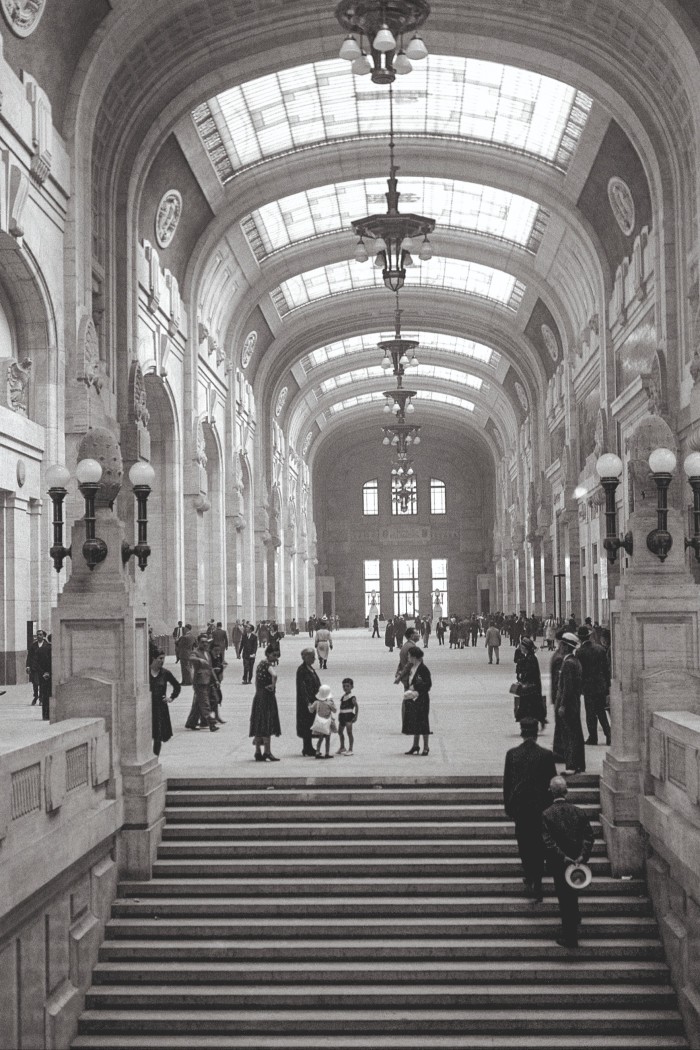
Venice station, on the Grand Canal, recalls the sensation of arriving at “a hotel with a pool right next to it”, observes Martin, while the Gare de Lyon, the Paris station from which Riviera-bound trains depart, features a row of palm trees along the concourse and a glass roof that mimics a conservatory. “It seems hot, because you’re going to the south,” says Martin. It’s also home to “the best station restaurant in the world”, Le Train Bleu, which serves Provençal-style octopus stew, roasted langoustine and chicken-liver pie beneath stuccoed ceilings and murals depicting the Riviera at the turn of the century.
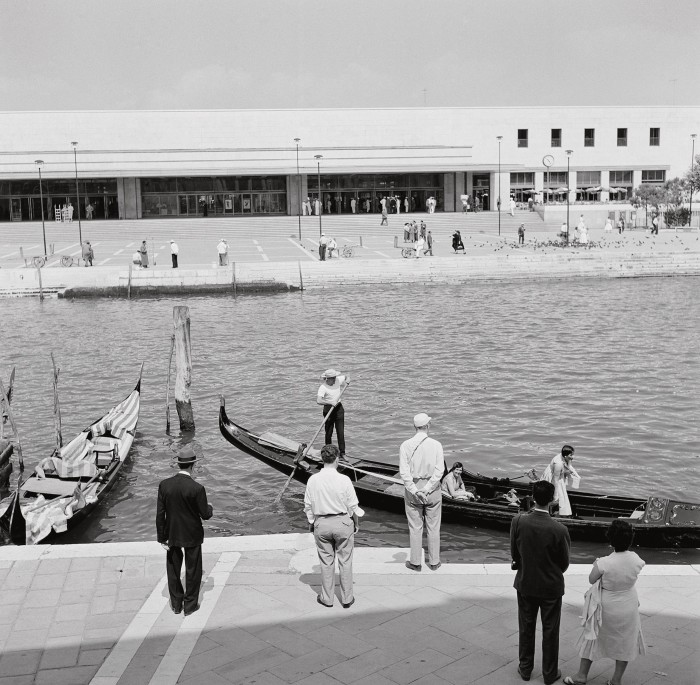
Yet novelist Sandro Veronesi feels affection for Florence’s Santa Maria Novella Station precisely because it resists such caricature. The draw of the long, low modernist building lies not in its imitation of the surrounding Renaissance palaces but in its indifference to them. Built in 1932 by the Gruppo Toscano, the building expands outwards rather than upwards, which is radical in a city that draws its architectural might partly from “explosions in height”, writes Veronesi. How much genius is needed, he asks, “to conceive the same explosion, but in lowness, and in broadness”. It’s for this reason that it has become “one of the few masterpieces in Florence that… is admired and enjoyed by those who use it, not by those who visit it”.
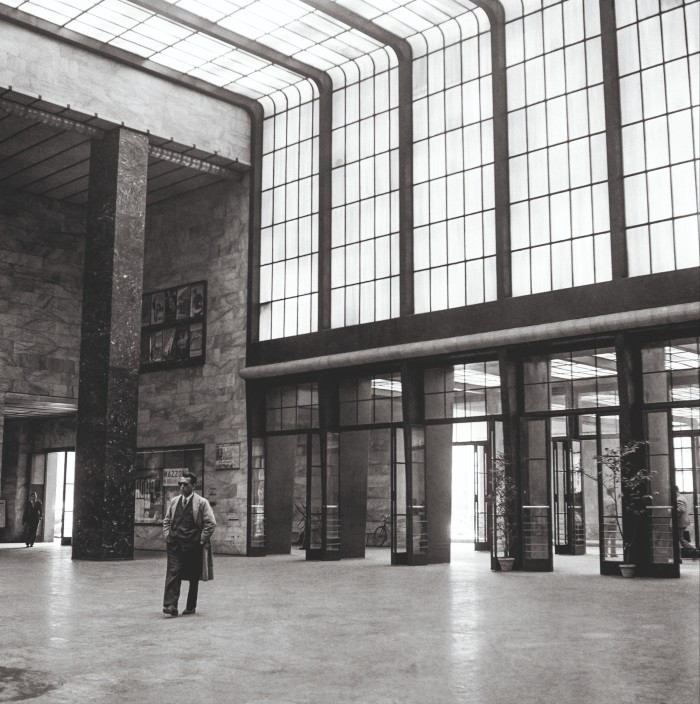
As cities expand and passengers seek lower-carbon means of travel, rail infrastructure is becoming increasingly important. Journeys by train in the UK have increased by 89 per cent over the past 20 years, and figures are predicted to continue growing. New Eurostar routes between London and Germany, and overnight train services expanding in New Zealand, Italy, Turkey and Croatia, reflect the demand for sustainable routes for both business and leisure travellers. And expectations for these services are not merely perfunctory.
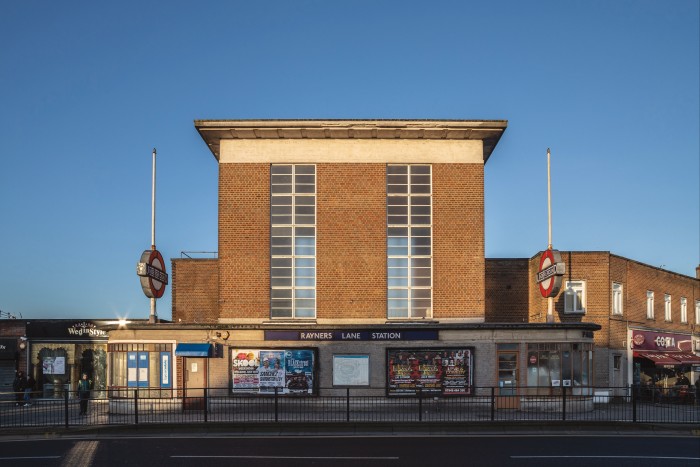
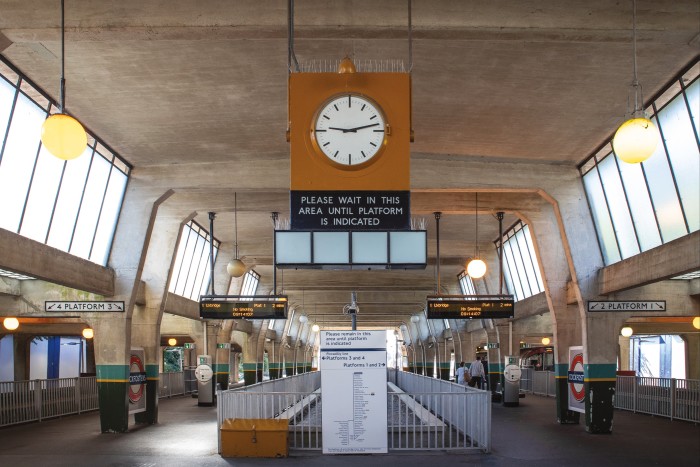
The best stations are able to create “a moment of equality in the city”, says the FT architecture critic Edwin Heathcote. “One grand space that serves everyone.” He cites Waterloo, which works “like a public square in a way that much of London doesn’t”; the Moscow Metro, decked out with chandeliers and mosaics, was designed “as a palace for the proletariat”; and New York’s Grand Central, “remarkable” because it applies so much scale and ambition to a building used for public transport.
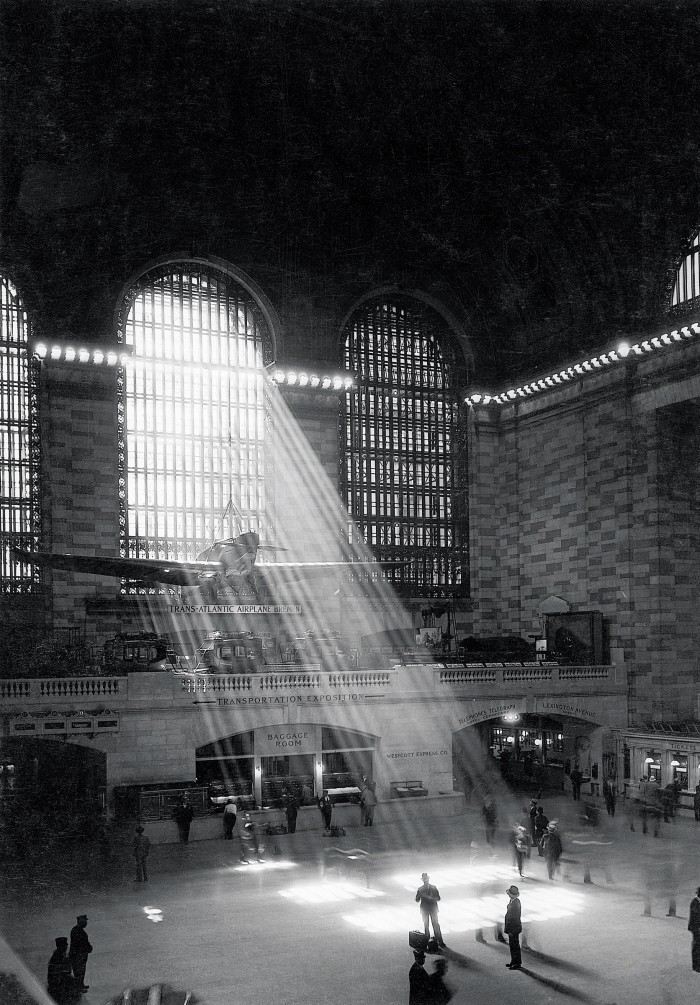
And, if the architecture creates “a nice place to be”, you might mind a little less if your train is delayed, concludes Martin. Given a moment to look around, you might even see something you hadn’t before – be it the Eric Gill and Henry Moore sculptures above St James’s Park station; that the colour and pattern of the tiles is different at each London Underground stop; or how the arching ceilings of Rome’s Termini appear “like two wings”. Once you notice them, these details feel “like a secret between you and the station”.
The Memory of Stations is published by Marsilio Arte at $40. London Tube Stations 1924-1961 is published by Fuel at £24.95. Metropolitan: An Ode to the Paris Metro is published in July by Hachette at £16.99
Comments